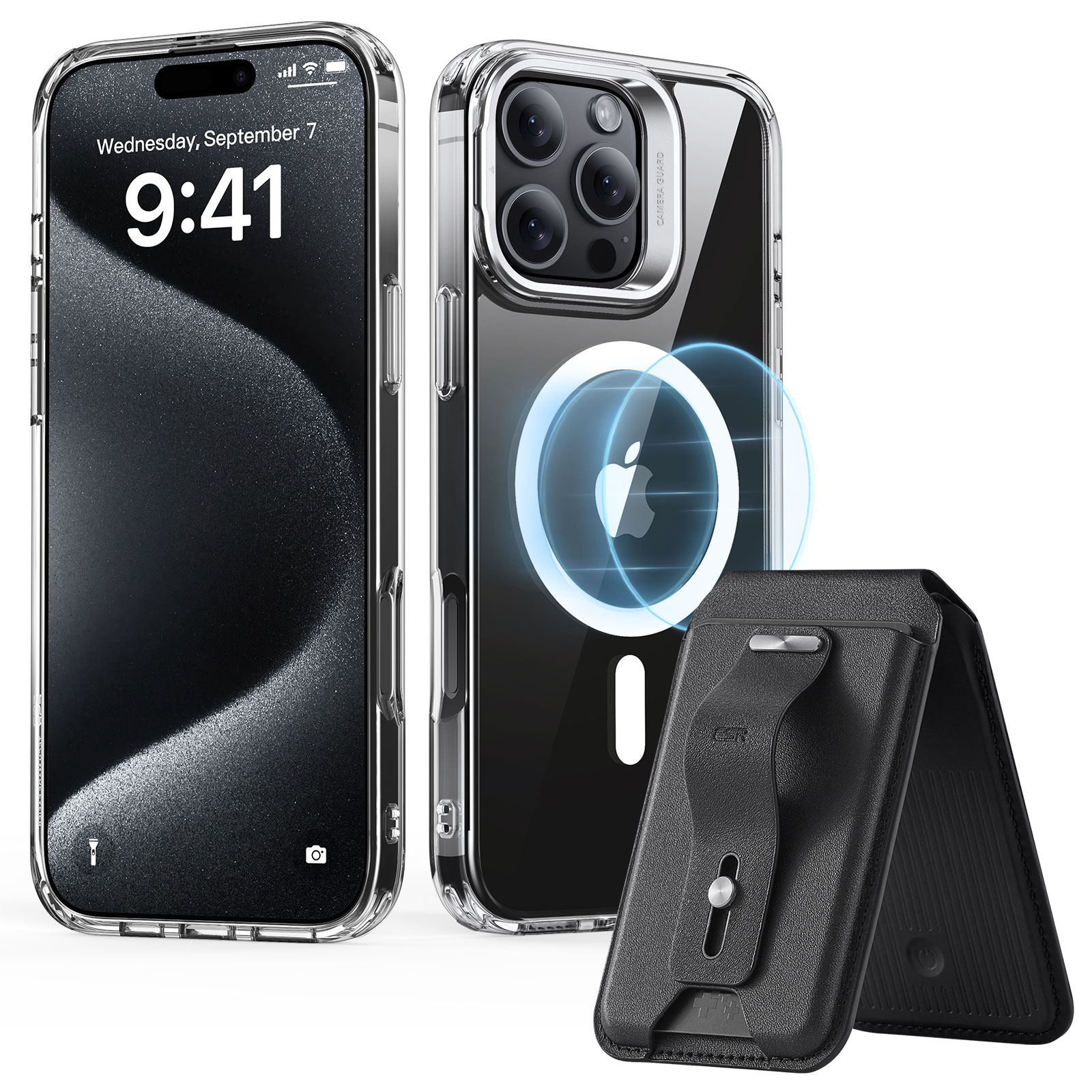- Ark's Newsletter
- Posts
- Do screens harm your eyes? Understanding the Impact of Digital Devices on Vision
Do screens harm your eyes? Understanding the Impact of Digital Devices on Vision
Does screen time affect vision? What Eye Care Professionals Say and How to Protect Your Eyes
Many people, including patients and viewers, frequently ask whether staring at screens all day harms their eyes. The answer is both yes and no—it depends on several factors. In this discussion, we’ll delve into the science behind computer screens, smartphones, and tablets and their effects on our eyes. Let’s start by addressing a common concern: Does staring at screens make my eyesight worse over time? Specifically, will it lead to stronger prescriptions every year? The scientific evidence suggests a “maybe,” leaning slightly toward “yes.” The concept that near work, like reading or screen use, can lead to worsening nearsightedness (myopia) has existed for centuries. Studies show that prolonged near work, including screen time, is linked to myopia progression, especially among people who spend more time indoors. However, it’s not just screens—reading books closely can have similar effects.
Research indicates that prolonged hours of near work, such as eight-hour workdays at a computer followed by additional hours of phone use, increase the likelihood of needing stronger glasses. Holding screens close to the face also contributes to this risk. Encourageably, taking breaks every 30 minutes and spending at least two hours outdoors can mitigate this effect, as one study with university students found. Younger individuals, particularly those under 25, are at higher risk of myopia progression compared to older adults.
Another question often raised is whether screens physically damage the eyes, such as by causing retinal harm or blindness. Concerns about blue light contribute to this fear. While blue light from the sun, our primary source of exposure, has significant energy and potential risks, blue light from screens emits far less energy. Research on the connection between blue light and eye conditions, like macular degeneration, is ongoing and inconclusive. Animal studies suggest potential damage from artificial light sources, but human eyes have natural defense mechanisms that make such damage less likely. However, blue light can impact circadian rhythms, sleep quality, and even mood, highlighting its broader influence beyond the eyes.
Screens are known to cause computer vision syndrome, which encompasses symptoms like dry eyes and eye strain. Dry eyes occur because staring at screens reduces our blink rate and blink completeness, leading to tear film evaporation. Tasks requiring high focus, like work, worsen these symptoms. Eye strain is more complex and involves several muscles in and around the eyes. These muscles work in coordination for focusing and maintaining single, clear vision. Screen use can disrupt this system, leading to symptoms like double vision or difficulty focusing.
In conclusion, while digital screens do not seem to cause permanent eye damage, they contribute to dry eyes, eye strain, and possibly sleep disturbances. Prolonged near work, whether on screens or other tasks, is associated with worsening myopia over time. If you experience eye strain, fatigue, or other symptoms, strategies like regular breaks, outdoor time, and relaxation techniques can help. Let us know if you’ve noticed changes in your eyes from screen use or need tips for reducing eye strain!
If you’re dealing with symptoms like eye fatigue or discomfort, incorporating practical changes into your routine can make a significant difference. For instance, the 20-20-20 rule is highly recommended by eye care professionals. This rule suggests that every 20 minutes, you take a 20-second break to look at something at least 20 feet away. This simple habit helps relax the focusing muscles in your eyes and reduces strain caused by prolonged near work.
Another effective strategy is to adjust your screen settings. Lowering brightness, increasing text size, and ensuring the screen is positioned at eye level can improve visual comfort. Using anti-glare filters or turning on blue light-reduction modes in the evening can also help minimize the impact on your sleep cycle.
Hydration and proper lighting are equally important. Dry eyes are often exacerbated by air-conditioned environments or poor room lighting. Using a humidifier and ensuring adequate, evenly distributed lighting can reduce discomfort. Artificial tears are a quick remedy for dryness, especially if you frequently experience redness or irritation.
When it comes to kids and teens, parents should encourage outdoor activities and limit continuous screen exposure. Younger eyes are more sensitive to the effects of prolonged near work, so fostering habits like breaks and outdoor play can protect their vision in the long term. Eye care professionals emphasize that early intervention can make a significant difference in slowing myopia progression.
For adults who already use corrective lenses, ensuring that your prescription is up-to-date is crucial, especially if you frequently experience difficulty focusing or eye fatigue. Specialized computer glasses, which reduce strain and enhance focus at screen distances, can also be beneficial.
Lastly, while research on the long-term effects of screens continues to evolve, it’s clear that moderation and mindful habits are key to maintaining healthy eyes. If you’re experiencing persistent issues, it’s always best to consult an eye care professional. They can assess your symptoms, rule out underlying conditions, and provide tailored recommendations for protecting your vision in the digital age.
Remember, our eyes are incredibly adaptive and resilient, but they need rest and care, just like any other part of the body. By taking proactive steps to reduce strain and manage screen time, you can maintain comfortable and healthy vision—even in our increasingly digital world.




